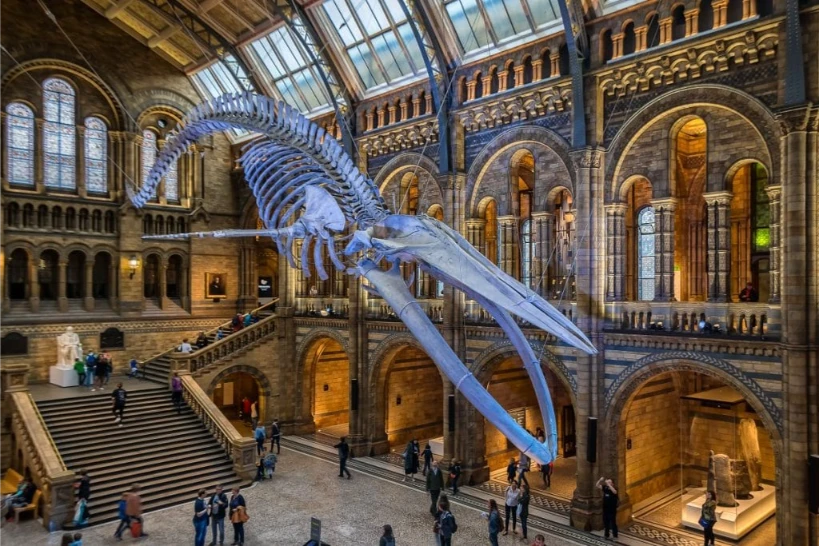A museum is more than a gallery of artifacts; it’s a space that invites us to stop rushing, stop performing, and simply BE.
Museums offer more than just art and history; they invite us to pause, reflect, and breathe, allowing the stillness of these spaces to recharge both mind and spirit. Imagine standing before a masterpiece, feeling the weight of history, or connecting with the creativity of others.
For orators, artists, and deep thinkers, this is more than a moment of calm — it’s a lesson:
• That true connection isn’t always in what we say.
• That silence can speak deeper than sound.
• That in a noisy world, stillness is a radical act.
So, the next time you walk into a museum or craft your next message, remember:
There should be no pressure. No need to impress.
Just stillness. Just presence. You don’t have to fill every space.
Sometimes, the most powerful thing you can do… is pause.
Corresponding Blog Post
There’s a peculiar kind of silence in a museum – not the absence of sound, but the presence of pause. It’s the quiet that follows a held breath, the stillness that invites you to lean in rather than rush past.
We don’t often think of museums as teachers of presence, but perhaps we should. Beyond the exhibits and carefully lit glass cases lies something harder to pin down: an invitation to slow our pace, to notice what we usually miss, to dwell, not just to look.
The Museum as a Designed Pause
Every corner of a museum is built with intention. The way light strikes a sculpture, the distance between paintings, even the silent echoes of footsteps on stone floors – all these design choices contribute to a sensory environment that resists haste.
Unlike airports, shopping malls, or even libraries, museums don’t demand urgency. Their rhythm is different. They ask us not to consume, but to contemplate. They reward patience, not speed. This alone makes them radical spaces in the modern landscape.
And in a society increasingly obsessed with productivity and performance, the museum reintroduces us to the value of the unmeasurable. What’s the ROI of standing in front of a Rothko for five full minutes? What’s the metric for the feeling you get when a 2,000-year-old artifact meets your gaze?
Stillness in museums isn’t passive; it’s participatory. It’s a kind of mental and emotional listening that modern life rarely permits.
Presence Without Performance
There’s a curious kind of presence that emerges in a museum. Not the social performance we often engage in on stages or social media, but a quiet personal awareness.
Here, you’re not expected to comment, post, or prove. You can simply be: a human mind encountering human history, culture, imagination. The museum is one of the few places where internal presence is prioritized over external presentation.
This is perhaps why so many artists, thinkers, and even introverts find solace in these spaces. The museum becomes a mirror, not just of civilizations past, but of one’s own inner life. In the presence of things made long ago, we remember parts of ourselves we often forget.
What Orators, Artists, and Thinkers Can Learn
For those in the world of communication, know that – the museum offers more than inspiration. It offers a model. True connection doesn’t always come from volume or movement. Sometimes it’s the pause between sentences, the space between thoughts, the stillness in the speaker that draws others in.
Museums remind us that presence is not always loud. That stillness can be magnetic. That silence, when intentional, can carry meaning as deep as any speech.
So, the next time you step into a museum or imagine one behind closed doors, consider it not just a keeper of culture, but a coach in stillness. A place where the art of being fully present is not only encouraged, but quietly practiced.
Because in a world of noise, few things are more powerful than a space that knows how to be silent.


